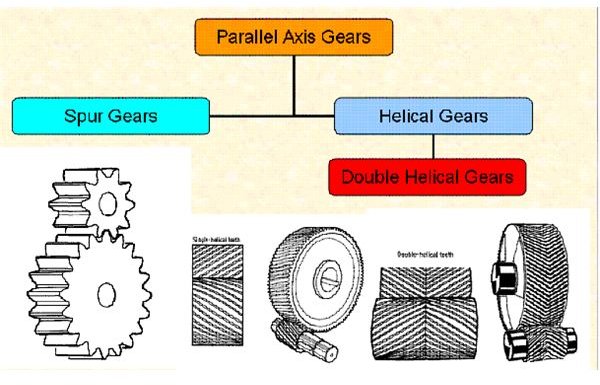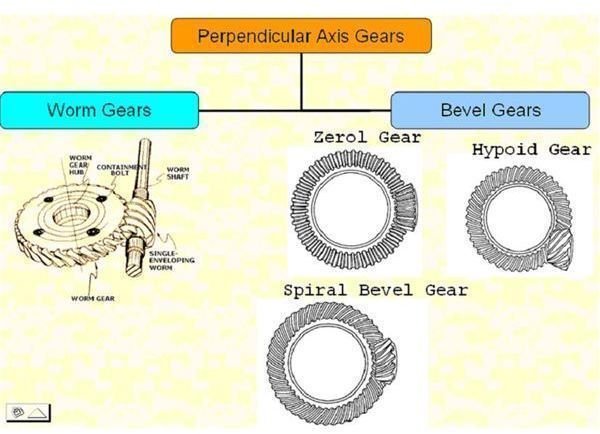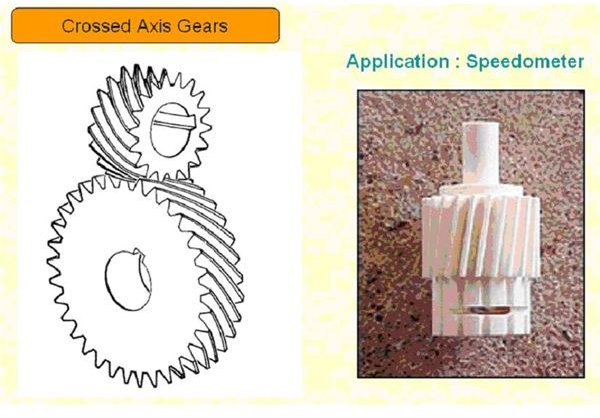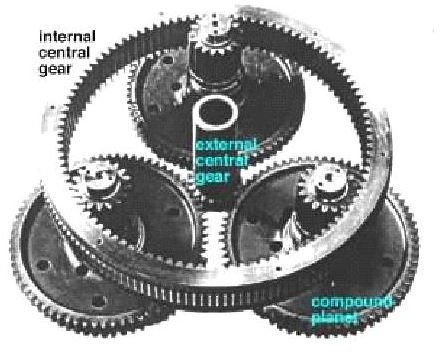Types of Gears. Classification of Gears
Gears - Types and classification
Let me start this article with a very basic question. What is a Gear? My answer is as follows
• Elements that can impart a positive power transmission through rotation with relatively lesser transmission losses. By positive power transmission, it means that for one rotation of the drive gear the driven gears is bound to rotate for a certain amount.
• Gear(s) always work as a pair; they never serve the purpose as a single one.
• Gears are used to decrease or increase Speed, just think of the gear changing we do in the automobiles we drive.
With this basic introduction let us move on to see the various types of gears available. The types of gears to be used are determined based on the application in which they are to be used in. The types of gears are
1. Parallel Axis Gears: In this type of gearing, the axis of both the gears tends to be parallel to each other. The types of gears that come under this system of gears are:
* Spur Gears
* Helical Gears
* Double Helical or Herringbone Gears

Areas of application of Parallel Axis Gears:
Some typical application areas of spur and helical are automobile gearboxes, industrial gearboxes, etc. Some of the application areas of Herringbone gears are in the gearboxes used for steel rolling mills, etc.
2**. Perpendicular Axis Gears**: In this type of gearing the axis of the gears tend to be perpendicular to each other. There are two types in this type of gearing too. They are
a) Non Intersecting Perpendicular Axis: In this type the two perpendicular axis of the gearing do not intersect each other. The two types of gearing that fall under this category are Worm Gear and the hypoid gear. Some typical applications of worm gears are in the passenger lifts used in the buildings. Another typical application of the Hypoid gear is in the rear axle of the busses, lorries and heavy vehicles.
b) Intersecting Perpendicular Axis Gears: In this type the perpendicular axis of the gears tend to intersect at a certain point. The types of Gears that fall under this are the Straight Bevel Gears, Spiral Bevel Gears and Face Gears. Some typical applications of Straight bevel gear is the differential mechanism in the automobile.


4. Planetary Gear Systems: This is one of the most interesting and complicated gear systems. The systems mainly constitutes of an internal gear, a pair of planet gears and a sun gear. This type of gearing is quite a complicated one which can be used in various configurations to get various output speeds. A typical application of the planetary gearing system is a differential mechanism.
